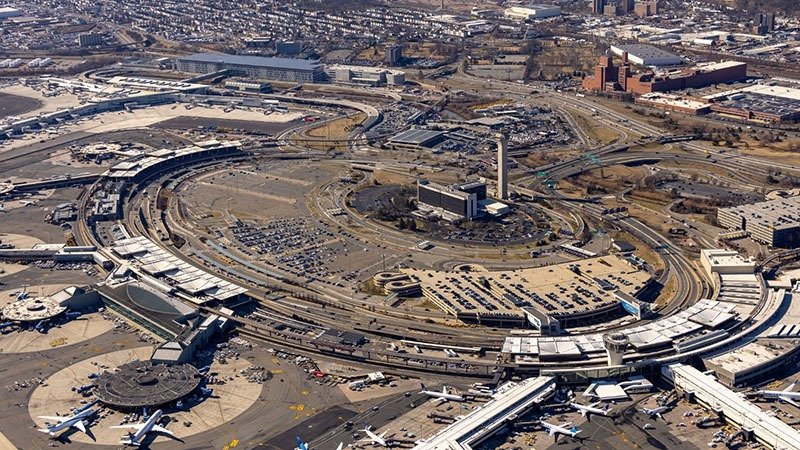Flight operations at Newark International Airport (EWR) have faced significant disruptions due to a recent power outage, reigniting discussions about the airport’s operational capacity. This outage occurred on May 19 around 11:35 a.m. and prompted Federal Aviation Administration (FAA) officials to reassess flight management protocols.
The FAA reported a brief radio outage lasting approximately two seconds at the Philadelphia control tower, which oversees traffic for Newark. Fortunately, all aircraft remained safely separated during the incident, but the glitch has raised concerns, especially given the frequency of such outages in recent weeks. Current investigations are underway to understand the root causes.
Flight Reductions Proposed to Alleviate Congestion
In light of these ongoing challenges, the FAA is considering implementing temporary flight caps at Newark. Proposed regulations would limit the airport to 28 arrivals and 28 departures per hour until June 15, 2025. After this date, flight limits may increase to 34 arrivals and 34 departures per hour through October 25, 2025, although Saturday construction work will continue year-round, as reported by Bloomberg.
Impact on Passengers and Airlines
Typically, Newark International Airport manages over 70 flights hourly during peak travel times, meaning a reduction to 56 flights signifies a substantial 20% decrease in operational capacity. This adjustment is likely to cause significant disruptions for travelers and airline operations alike.
The FAA has been in discussions with air carriers to organize these temporary cuts effectively amid persistent issues affecting equipment functionality, runway maintenance, and staffing shortages, as highlighted by Reuters.
Addressing the Root Issues
The FAA has acknowledged that the current operations at Newark exceed the airport’s manageable capacity, stating, “The airport clearly is unable to handle the current level of scheduled operations.” They believe that implementing these flight reductions will lead to improved scheduling, reducing delays and cancellations to more acceptable levels.
It remains uncertain how this capacity reduction might affect flights operated by Porter Airlines to Newark. Given that Newark serves as a primary hub for United Airlines’ international departures, any operational issues at the airport can significantly impact the airline’s overall network.
Conclusion
As the FAA continues to explore solutions for Newark’s persistent operational challenges, travelers, airlines, and airport authorities are poised for further developments. The situation underscores the essential balance between maintaining flight schedules and ensuring safety within the air traffic management system.



